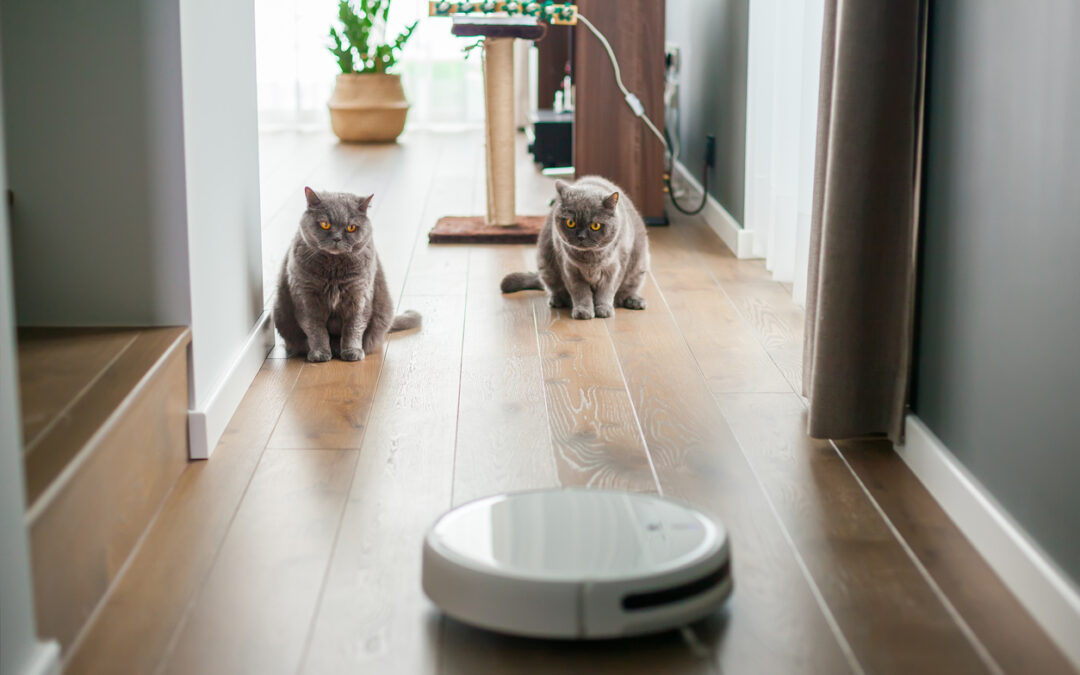You can improve your home’s indoor air quality by using these proven strategies: preventing pollutants from entering, capturing allergens, and preventing allergen growth.
Prevent Pollutants from Entering
#1 Remove your shoes and boots at the door. If you use a shoe rack or bin, you can stop pesticides and other pollutants at the door, too. If they don’t get on your floor, they can’t get into your air.
#2 Make your home a “no smoking” area. Secondhand smoke contains pollutants and increases the risk of cancer and asthma.
#3 Use spray paint or spray chemicals outside or into a properly ventilated area.
#4 Minimize your use of indoor pesticides.
Capture Allergens
#5 Clean up allergens on the floor regularly. Vacuum once or twice a week with a vacuum that has a HEPA filter to lock pollutants inside the vacuum. Mop other floors.
#6 Wash bedding, drapes, and other allergen attractants regularly–especially if you have pets.
#7 Clean out dust-trapping clutter and dust regularly. Dust can trigger a reaction in some individuals.
Prevent Allergens from Growing
#8 Maintain your home’s humidity at between 30 to 50%. This will help keep biological allergens under control. You may have to use a humidifier in winter and a dehumidifier in summer.
#9 Minimize mold and mildew, which can cause air quality problems or those with breathing issues. Regularly clean bathrooms, fix any plumbing or roof leaks, and empty all drip trays.
#10 Use fans during and after showering to vent excess humidity and prevent mold growth.

